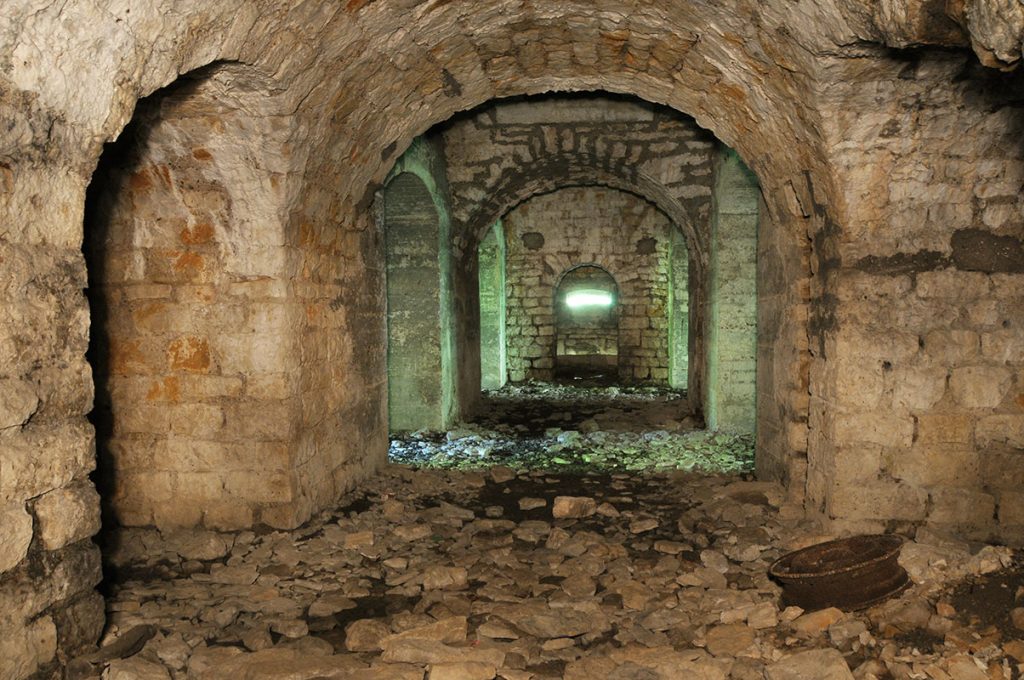Why Art and Disruption are the Future of Experience Design
Posted by Sasha Bailyn on Thursday, May 26th, 2016
From popup experiences to illegal speakeasies, the creative underground is weaving an important thread into the future of experience design. People – especially Millennials and Gen Z – are looking for experiences that push boundaries, are immersive, and truly unique. Not just unique in the sense that “only a few people we know have been to that place,” but once-in-a-lifetime experiences. How are experience designers using art and disruption to create something unforgettable for creatively demanding audiences?
One example – Sextantworks, formerly known as Wanderlust Projects – was founded by Ida Benedetto and N.D. Austin. Attendees and the press describe most of their experiences as beginning with a mysterious text or note. In one example, guests handed off pocket watches to one another with vague instructions to meet on a street corner at a specific time. Guests are then guided to a location that varies from a speakeasy atop a New York water tower to an illicit couple’s retreat at a 1970s swingers resort past its prime. Their work has been called trespass theatre. The locations are often abandoned buildings or what one reporter called questionably seaworthy barges; however, every detail is flawlessly themed from lighting to music to actors to create a deeply engaging environment that brings a specific story to life. It’s urban exploration on steroids, with a twist.

Urban exploration is nothing new. Shows like MTV’s Fear and Urban Explorers helped bring it to mainstream consciousness. Intrepid spirits wander a city’s surfaces – and below in places like Seattle’s underground – exploring everything from abandoned buildings to a city’s drainage systems. Urbex, as it’s sometimes known, is equal parts focused on historical interest, art and photography, and the idea of trespassing. Participants can potentially be arrested, and the illicit adds a flare of thrill to the experience. There’s also the simple physical dangers that certain activities present, whether it’s wandering around unmanned tunnel systems or going from rooftop to rooftop.
For urban experience designers, tapping into these different elements in a deliberate way allows them to amplify the experience. In a fantastic interview with Bloomberg Business, the founders of Sextantworks noted that they use four criteria when designing experiences: generosity, intimacy, location and transgression. A powerful experience starts with an unforgettable venue. From there, they build on the energy of the people who attend and the overall community dynamic. Finally, the possibility of getting caught – which is heightened by experiences that have exit routes and people constantly on the lookout for police – adds the final touch.
Not long ago, Banksy made headlines with his dystopic Dismaland theme park. While not exactly the same premise, it offers something unique to park goers by repurposing a space to communicate a vision. These experiences can have a social undertone, or simply be about recreating a specific vibe or theme. The possibilities are limited only be the imaginations of the creators, physical aspects of the space, and the willingness of participants to step into the story.

How will the themes of art and disruption shape experience design in the future? On one level, these projects call to designers to carefully rethink their choice of locations. Crafting a great experience isn’t about having a perfect space that’s brand new or heavily themed from its creation. Instead, it’s about looking into the environment around you to see what spaces could lend inspiration – especially spaces that are traditionally overlooked. What’s the story inherent in a city that could lend itself to creating something unforgettable? Look at the people, culture, and context for insights.
The issue of trespassing and exploration is more delicate, perhaps. Yet the idea of creating an adrenaline rush is important. Why are people drawn to the so-called danger of urban exploration? Is it simply the novelty of seeing something new or the risk of being caught? Both factor in, but at a deeper level, it connects to the fact that we live in an age of mass produced experiences. From theme parks to museums, the only viable way to offer entertainment is to scale it. While there’s pressure to use technology and other techniques to make experiences personal and relevant to people’s interests, that’s ultimately a skin-deep level of personalization to account for the three thousand other people per day who want to experience the same exact thing. Audiences want differentiation and meaning in their experiences. Approaches like those outlined above – and experience design that’s anchored around art and disruption – help guests find meaning in stories, the urban landscape, and their own lives in entirely new ways.



 Sign Up For Our Newsletter
Sign Up For Our Newsletter 



